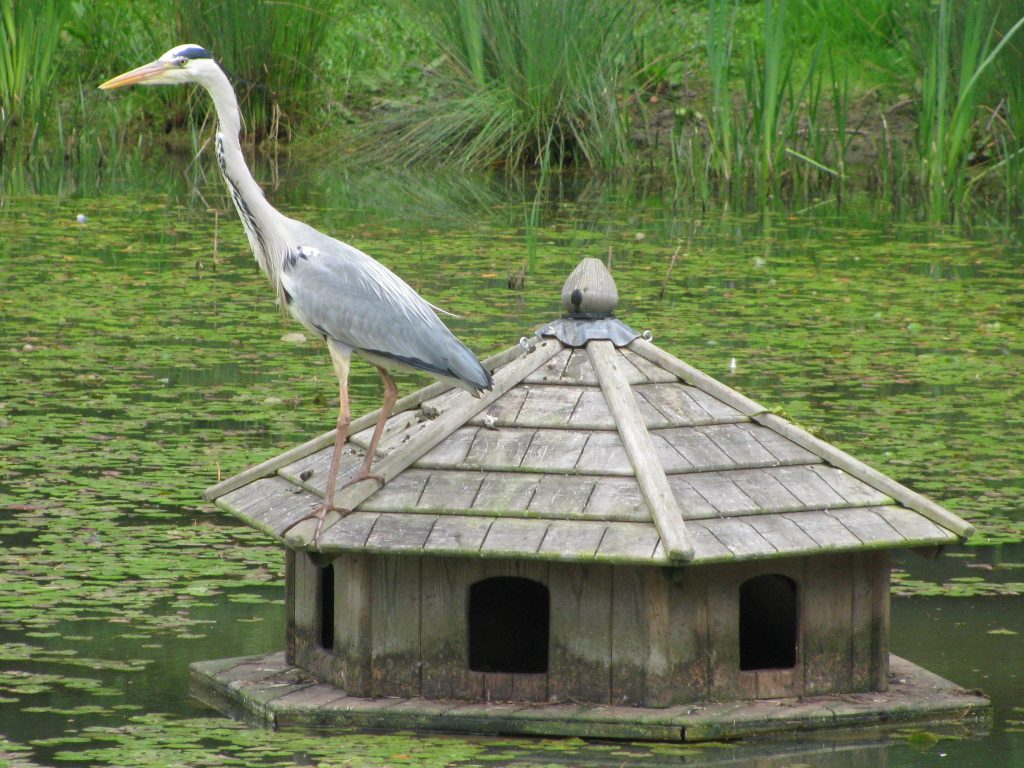An exciting competition kicked off across Surrey on the 1st June to encourage young people to celebrate ancient trees and have their artwork featured in a new children’s book, ‘The Thousand Year Tree’. Children aged between 4 and 11 years are encouraged to head to their local Surrey library to pick up a template and create artwork for the inside covers, known as ‘end papers’ of the new book. Any art medium can be used, and artwork should be themed around trees and nature.
As England’s most wooded county, Surrey is home to some of our nation’s oldest trees, many are over one thousand years old. To celebrate these trees, local author Lucy Reynolds and illustrator Katie Hickey, are working with a group of children from Weyfield Primary Academy in Guildford. They have already been involved in a series of creative workshops, school assemblies and educational visits to Newlands Corner in the Surrey Hills National Landscape, to see the ancient yew trees. The children, guided by the experts will create poems and timelines charting the history of ancient trees which will culminate in the creation of a captivating Children’s Book. The book will be distributed across all 52 of Surrey’s libraries as well as through additional local schools, inviting readers of all ages to learn about ancient trees and how to safeguard their future.
Gordon Jackson, Chairman of the Surrey Hills Society said: “The Surrey Hills Society is delighted to be involved in this project, supported by a grant from the Surrey Hills Access for All fund. We are extremely grateful for the promotional support of the Surrey Library network. Being a part of the process of creating the book with both Lucy and Katie is inspirational and we very much look forward to seeing the final literary masterpiece. The Society is committed to encouraging people of all ages and abilities to discover and enjoy the Surrey Hills and we are proud to help Surrey’s children learn so much about our ancient trees and surrounding countryside.”
Carolyn McKenzie, Director of Environment at Surrey County Council said: “With creativity, education, and community spirit at its core, this project not only celebrates Surrey’s ancient trees but also fosters a deeper connection between young minds and the natural world, paving the way for a future generation of environmental stewards. This project highlights even more the importance of Surrey’s tree planting scheme, which will plant 1.2 million trees by 2030, the trees of today will become the ancient trees of the future leaving a lasting legacy.”
Susan Wills MBE Assistant Director Arts, Culture, Heritage and Libraries at Surrey County Council said: “What a wonderful opportunity for children to take part in a creative reading project that encourages learning about nature and Surrey’s ancient trees. Surrey is England’s most wooded county and this project is a wonderful opportunity to educate children in the vital role trees play, from providing habitats for wildlife to absorbing carbon dioxide! All fifty-two of our Surrey Libraries are taking part so wish all the participants the best of luck!”.
The competition runs from 1 June to 4 September and templates can be collected and returned to any Surrey Library. Further details and terms and conditions are available on the Surrey Hills Society website, click here to find out how you can get involved..
The project is a collaborative effort between the Surrey Hills Society, Surrey Hills National Landscape, Surrey County Council, author Lucy Reynolds, illustrator Katie Hickey, Guildford Book Festival and The Old Dungate Press. With thanks to funding from the Surrey Hills Access for All fund, enabling everyone to love and protect Surrey’s National Landscape.

